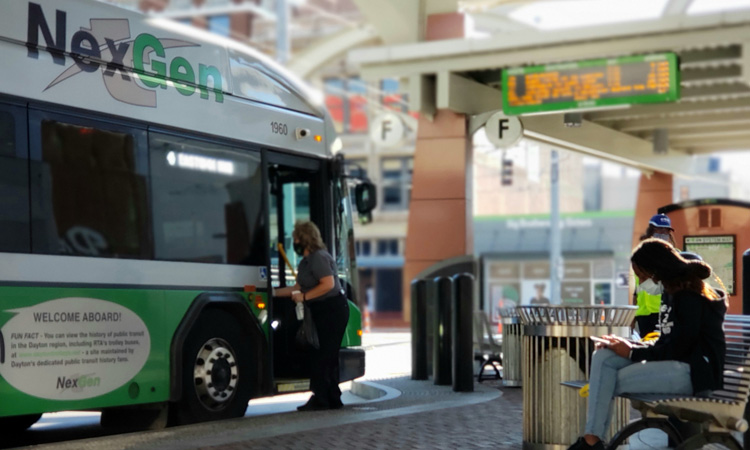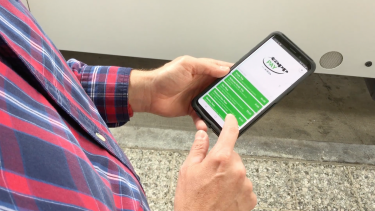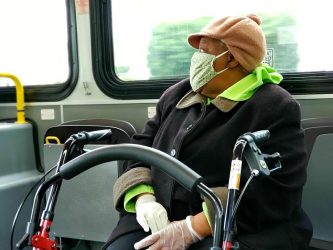Fares in the time of COVID-19: finding the ticket to recovery
- Like
- Digg
- Del
- Tumblr
- VKontakte
- Buffer
- Love This
- Odnoklassniki
- Meneame
- Blogger
- Amazon
- Yahoo Mail
- Gmail
- AOL
- Newsvine
- HackerNews
- Evernote
- MySpace
- Mail.ru
- Viadeo
- Line
- Comments
- Yummly
- SMS
- Viber
- Telegram
- Subscribe
- Skype
- Facebook Messenger
- Kakao
- LiveJournal
- Yammer
- Edgar
- Fintel
- Mix
- Instapaper
- Copy Link
Posted: 6 October 2020 | Brandon Policicchio - Greater Dayton RTA | No comments yet
Brandon Policicchio, Chief Customer Officer at Greater Dayton RTA, details how the transit agency has managed ridership declines throughout the pandemic and how it is looking to mobile ticketing to secure its future.


Greater Dayton RTA, like all transit agencies across the U.S., has experienced dramatic declines in ridership as a result of the COVID-19 pandemic. To date, our largest single day ridership decline was over 50 per cent. Since 90 per cent of the state of Ohio reopened in June, ridership levels have increased, and we are now experiencing a 30 per cent decline.
Operationally, we have been focused on ensuring the health and safety of our employees and customers. This includes increased cleaning efforts on-board vehicles and within our facilities.


Our end goal is to provide universal mobility access to all citizens in the region through one app or one call to RTA
As the region’s largest public mobility provider, we have continued to provide full service throughout the pandemic. We believe offering full service is critical to those taking essential trips to jobs, healthcare, and places like the grocery store, bank or pharmacy. This has certainly helped our customers maintain essential travel, but indirectly aided in the promotion of social distancing while on-board when combined with the reduction of overall ridership. We continue to be proud of our dedicated employees, and we couldn’t have maintained service without their high level of commitment to the community we serve.


With our partners Transit, the app we use, and Masabi, our fare payment system provider, we will release additional phases of this system throughout the first half of 2021. This includes the installation of fare readers, smartcards, over 100 conveniently-located, third-party sales outlets, ticket-vending machines, and fare capping. By 2022, this system will include the integration of payments for other mobility modes such as bike share, and the ability to accept contactless mobile, debit and credit card payments onboard.
Once complete, we intend to deliver an entirely cashless payment system onboard all vehicles in 2021 and, with our partner Transit, will implement a MaaS platform. Our end goal is to provide universal mobility access to all citizens in the region through one app or one call to RTA.
Biography
With over 10 years of experience in the industry, Brandon began in 2006 as a student bus operator at The Ohio State University, while earning his bachelor’s degree. As Chief Customer and Business Development Officer with the Dayton RTA, Brandon leads his department in the development, implementation and analysis of all marketing, communications, community relations, succession planning, customer service, micromobility, paratransit and fixed route service planning and scheduling efforts of the agency. His team focuses on achieving RTA’s vision of universal access to a multimodal mobility network.
Related topics
COVID-19, Public Transport, Ticketing & Payments
Issue
Issue 3 2020
Related organisations
Greater Dayton RTA, Transit







